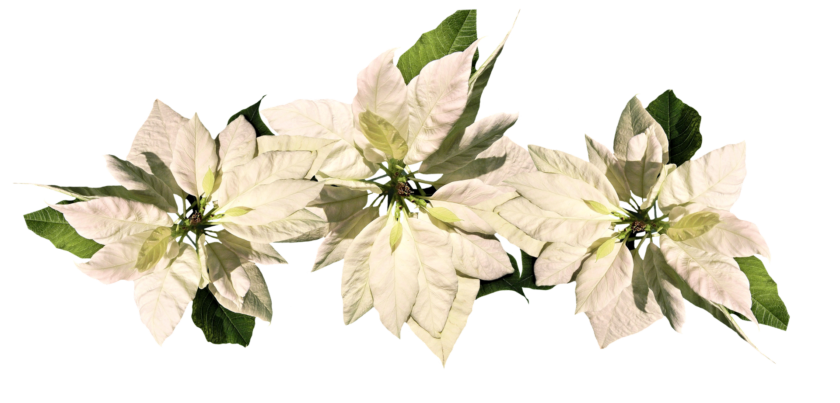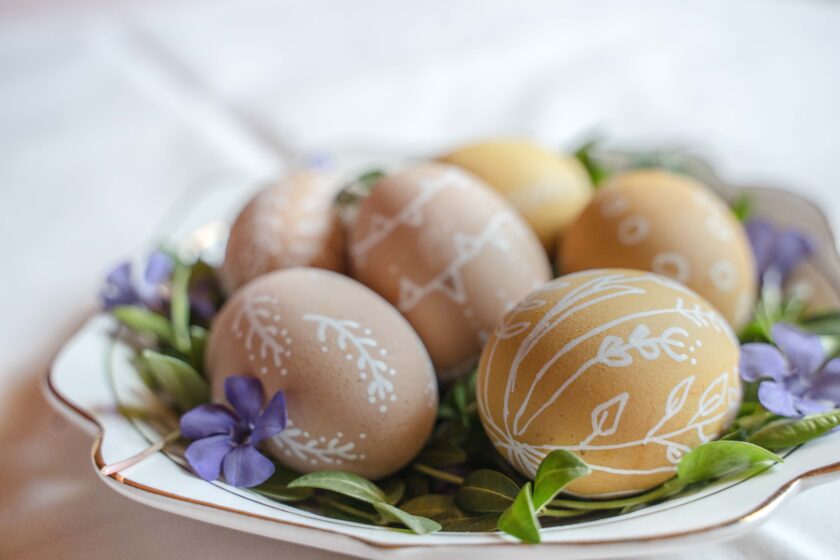Description of Polish Wedding Customs
Wedding day
The wedding day is full of activities and emotions, alternating between sorrow and joy, solemnity and humor.
Early in the morning, the closest relatives begin to appear at the bride’s home for breakfast and to help in preparations for the ceremony. Next, there is a wedding ceremony at the local church, followed by the reception at the local community house (the bride’s family cottage could hardly accommodate all the wedding guests including relatives, friends, and the entire village.)
Greeting with bread & salt
As the newly married couple returns from the church, they are greeted at the door of the reception hall by their parents with bread (chleb) and salt (sol). In some regions of Poland a glass of vodka is added. The groom sprinkles the bread with salt, the newlyweds both kiss the bread while the parents say “may you never lack it” (oby Wam go nigdy nie brakowalo). This ceremony is full of strong emotions. Often themorning, the closest relatives begin to appear at the bride’s home for breakfast and to help in preparations for the ceremony. Next, there is a wedding ceremony at the local church, followed by the reception at the local community house (the bride’s family cottage could hardly accommodate all the wedding guests including relatives, friends, and the entire village.) newly-married couple, their parents, and guests cry during this ritual. In Poland, bread is considered a gift of God and must always be treated with deep respect. Salt which comes from the earth, is a basic necessity of life. Poles combine the “Gift of God”, and the “basic necessity of life”, and offer them on a tray on various occasions as a gesture of hospitality.
Oczepiny – the unveiling and capping ceremony
Oczepiny is one of the oldest and the most important of Polish wedding customs. In old days, it was so significant that only after oczepiny, and not the church ceremony, was the bride considered to be a married woman. Before oczepiny, the bride socializes and dances with her unmarried female friends. After oczepiny, she belongs to the married women’s circle. The bride tries to delay the oczepiny ceremony, but it is up to the best man to decide when oczepiny will begin. On his command, the band performs the drum roll, and the bride is placed on dance floor, in a chair facing the guests. The maid of honor and the bride’s mother-in-law stand at her side. All of the unmarried girls stand behind the bride. Married woman light candles, and surround the bride while singing. Next, the maiden of honor, removes the bride’s veil. This is not an easy, as the bridesmaids have secured it with so many hairpins. Finally, the bride casts the veil behind her, and the girl who catches the veil is the next to marry. Now the married women take over. In old days they would cut the braid off the bride’s hair. Nowadays, the bride?s hair is covered with a marriage cap, a gift from the bride’s godmother. The bride tries to delay this event as long as possible by throwing the cap off. Finally, she accepts the cap and at this moment, is officially a married woman. Still holding candles and singing, the married woman present the bride in her wedding cap to the wedding guests. From now on, the bride socializes only with the married women.
Music
Music is an important part of the wedding reception. The music must be lively and must continue with very few breaks. Guests typically pay the band for a specific dance. The success of the marriage is thought to depend on the amount of spontaneity and joy at the reception. A Polish proverb states “Jakie wesele takie pozycie” (like wedding, like life).
Singing
During the reception, most of the singing is done in chorus – often in two choruses. The bridesmaids usually sing one verse, then the married women respond with their verse. There is singing also by the guests at the table, praising the food and thanking their hosts.
Dancing
The dancing is done primarily for amusement, self-expression and happiness. It is a tradition that each man must dance with the bride, and with every woman and girl at the wedding. All guests at a Polish wedding must be prepared to dance, and dance, and dance.
Table setting
The tables are arranged in a U-shape, with the bride and groom in the middle surrounded by their parents, the maid of honor(druchna), best man (druzba), and important guests. The bride?s extended family is seated on the right side, while the groom?s family is on the left.
Wedding Dinner
Traditionally, the first course for a wedding dinner is soup, usually chicken noodle soup. The second course is meat, chicken or pork.
Photography
Taking pictures at the wedding is a very important tradition in Poland as is here in the US. Usually, the newlyweds, parents and druchna and druzba drive to the closest city for a sitting with a professional photographer. Alternatively, the photographer may come to the wedding to take pictures of the married couple with their wedding guests. Thus, we too will take pictures of the guests with the newlyweds.
Crossing the threshold
The bride and groom compete to cross the threshold first when coming into the reception hall. This determines who will rule their household. The bride is earnest in her attempts, but the best man is watching and will quickly shout “Step back, please!” if he sees her winning. Nowadays, the groom usually takes the bride in his arms and they pass over the threshold together, demonstrating that she allows him to rule the house, and that he will take great care of her and her needs.



